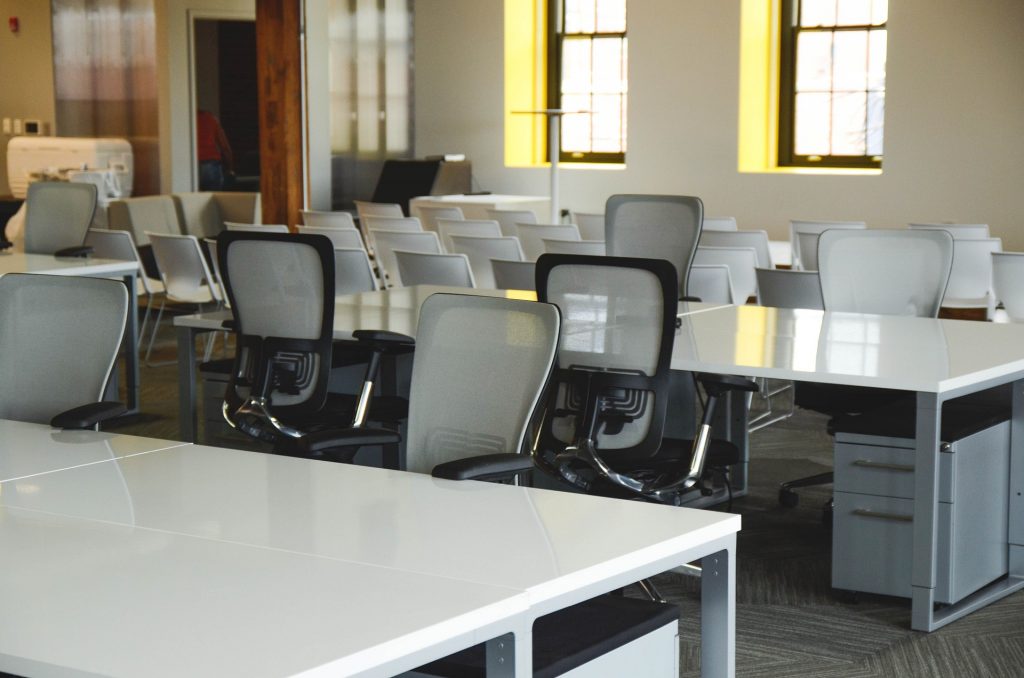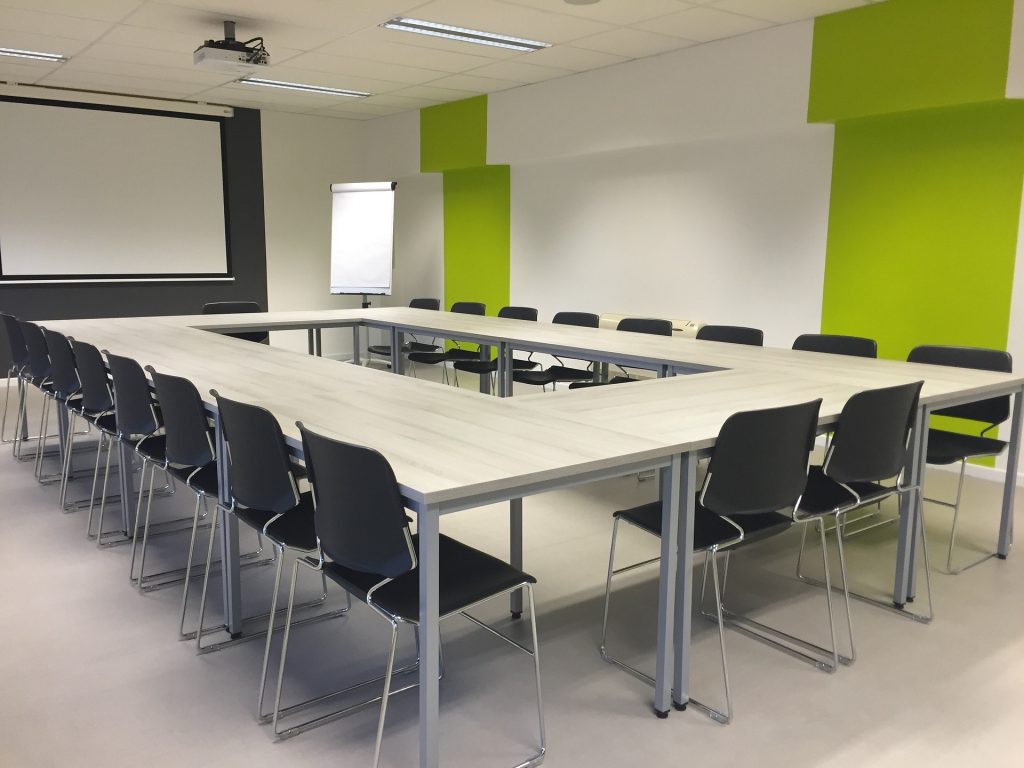How does Interior Design at Schools Affect Children’s Education?
In most schools, interior design is functional and utilitarian. Classrooms are typically arranged in a grid, with rows of desks facing the front of the room. Hallways are straight, and there is little in the way of decoration. It is vital as TonyBet Kenya.
Experimentation with Interior Design
However, some schools are beginning to experiment with more creative interior designs.
Classrooms may be arranged in a circle or U-shape, with the teacher’s desk at the center. Or, desks may be grouped together in pods, allowing for more small-group collaboration. Hallways may be curved, and there may be colorful murals or other artwork on the walls. The goal of these more creative interior designs is to create a more inviting and stimulating environment for learning. However, it is important to strike a balance between function and aesthetics. Too much decoration can be distracting, and classrooms still need to be arranged in a way that facilitates learning.
Impacts

The design of a school’s interior can have a significant impact on a child’s ability to learn. Poorly designed classrooms and school buildings can create an environment that is not conducive to learning, while well-designed classrooms and school buildings can help to create a learning-friendly environment.
Factors that Play a Role
There are a number of factors that can impact the design of a school’s interior, including the size and layout of the classrooms, the type of furniture and fixtures used, the color scheme of the walls and floors, the lighting, and the overall decoration of the space. All of these factors can have an impact on a child’s ability to learn.
Poor Interior Design Decisions

Classrooms that are too small or too large can be disruptive to learning. Classrooms that are poorly lit can also be disruptive, as can those that are too brightly lit. Classrooms that are not well-ventilated can also be a problem, as can those that have too much noise.
Furniture and fixtures that are not comfortable or that are not designed for children can also be a problem. For example, chairs that are too small or too big for children can be uncomfortable and make it difficult for them to focus on their work. Desks that are not the right size can also be a problem, as can tables that are too high or too low.
Importance of Color
The color scheme of the walls and floors can also have an impact on learning. Colors that are too bright or too dark can be distracting and can make it difficult for children to focus on their work. Colors that are not calming can also be a problem, as can those that are not stimulating. The overall decoration of the space can also be a factor. If the space is too cluttered, it can be difficult for children to focus on their work. If the space is too bare, it can be boring and uninviting. The design of a school’s interior can have a significant impact on a child’s ability to learn. Poorly designed classrooms and school buildings can create an environment that is not conducive to learning, while well-designed classrooms and school buildings can help to create a learning-friendly environment.



